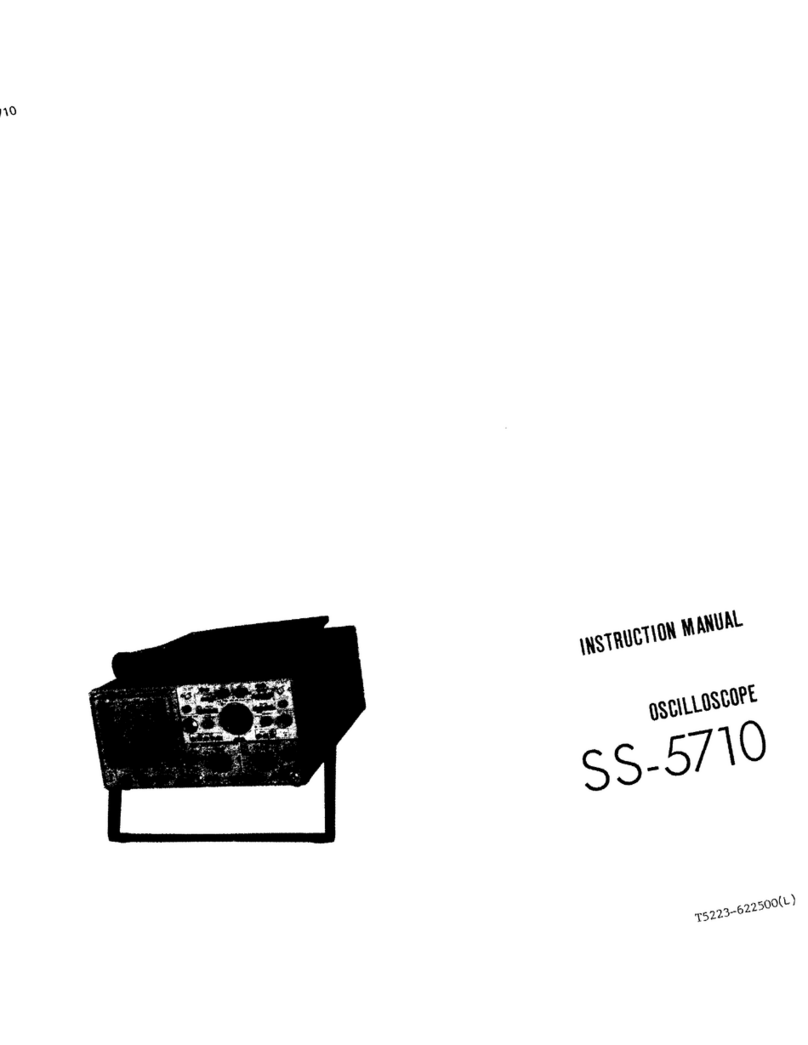
−VII−
Contents
Introduction.......................................................................................................................................... I
Cautions for safe use .......................................................................................................................... I
Warnings .......................................................................................................................................... II
Cautions .......................................................................................................................................... V
Unpacking .......................................................................................................................................... IX
Components........................................................................................................................................ IX
Explanations of terms ......................................................................................................................... X
Section 1. Operating Points............................................................................................................... 1
1.1 Front Panel ....................................................................................................................... 1
1.1.1 The power source and screen.................................................................................... 2
1.1.2 Vertical axis ................................................................................................................ 3
1.1.3 Horizontal Axis, etc. .................................................................................................... 4
1.1.4 Trigger Section and Display Mode Section ................................................................. 5
1.1.5 Functions, Cursors, Sweep Modes, etc. .................................................................... 6
1.2 Rear Panel........................................................................................................................ 7
Section 2. Basic Operation................................................................................................................ 8
2.1 Displaying CAL Signal with AUTO SETUP ....................................................................... 10
2.2 Probe Compensation........................................................................................................ 12
2.3 Adjustment of the screen.................................................................................................. 13
2.4 Vertical and Horizontal Positioning ................................................................................... 14
2.5 Vertical Deflection System................................................................................................ 15
2.5.1 VerticalSensitivity....................................................................................................... 15
2.5.2 Inputcoupling.............................................................................................................. 16
2.5.3 Input resistance .......................................................................................................... 17
2.5.4 Display Channels........................................................................................................ 18
2.5.5 ALT and CHOP........................................................................................................... 18
2.5.6 Sum and Difference.................................................................................................... 19
2.5.7 Bandwidth limiter ........................................................................................................ 19
2.5.8 Offset.......................................................................................................................... 20
2.5.8.1 CH1/CH2 offset ...................................................................................................... 20
2.5.8.2 PROBE P1/P2 offset.............................................................................................. 21
2.6 A Sweep and B Sweep ..................................................................................................... 22
2.7 Sweep Rate and Magnification ......................................................................................... 23
2.7.1 Sweep Rate................................................................................................................ 23
2.7.2 Magnification(MAGx10) .............................................................................................. 23
2.7.3 CH2 Delay Adjust (CH2 DLY) ..................................................................................... 24
2.8 Sweep Mode ..................................................................................................................... 25


































